Indigo Dyeing Guide – How To Dye With Indigo Plants
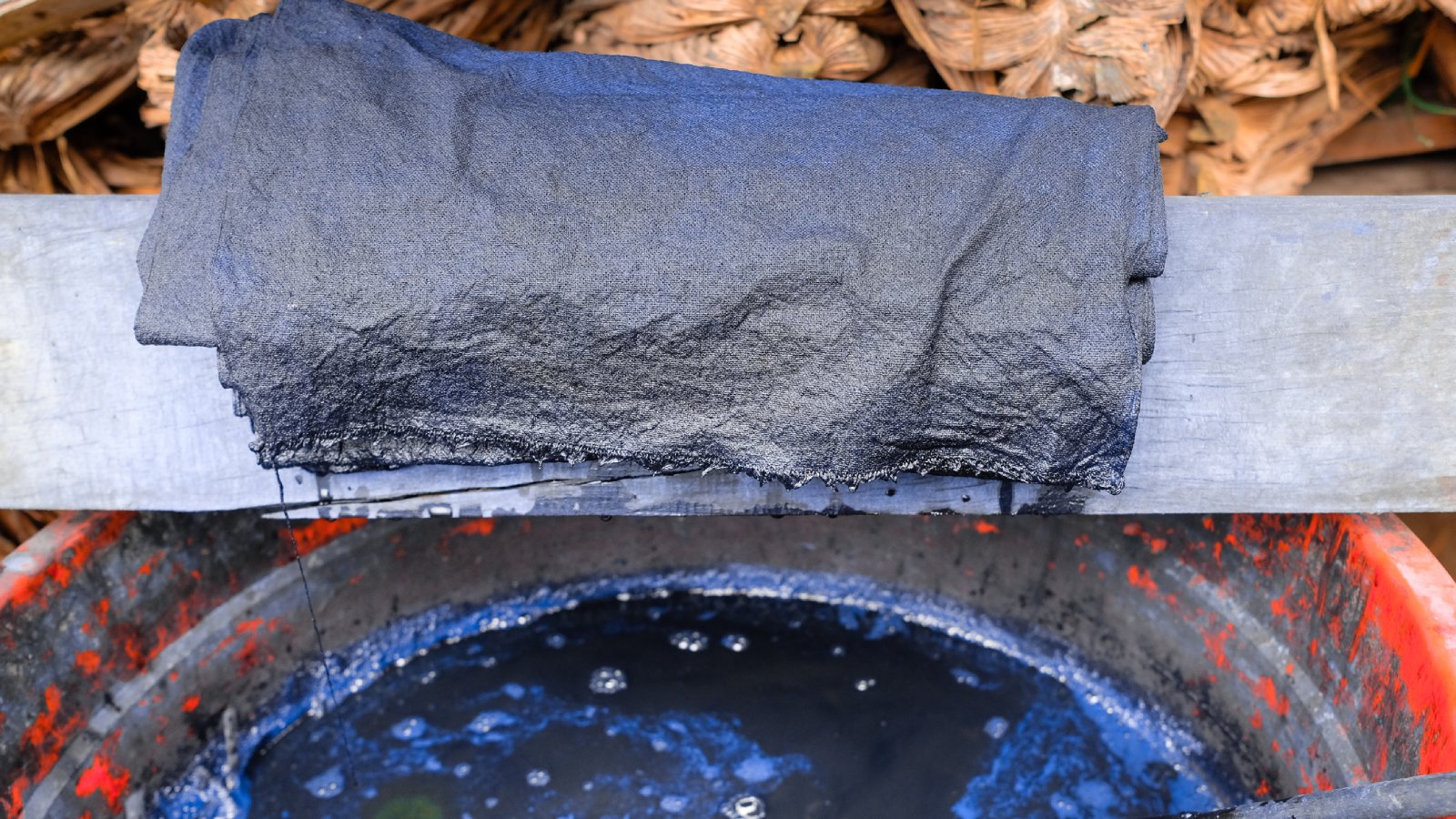

Many of us have picked up one of those packages of dye in the supermarket. Whether you want to perk up an old pair of jeans or produce a new color on neutral fabric, dyes are easy and useful products. But what if you want to make your own plant-based dye and bypass all those chemicals? Dyeing with indigo allows you to ensure the dye is non-toxic and you get to watch a fascinating chemical process as a green plant goes to blue. Continue on to learn how to dye with indigo plants.
About Indigo Plant Dye
Indigo dyeing has been around for several thousands of years. Making indigo plant dye requires a fermentation process that causes a magical color change.
The primary plants used to make indigo are woad and Japanese indigo, but there are a couple of lesser known sources. Whichever plant you acquire, there are numerous steps to making the dye. Indigo is said to be the oldest dye, with cloth in the hue found in Egyptian pyramids. Ancient civilizations used indigo as more than a fabric dye. They used it in cosmetics, paint, crayons, and more. It takes at least 100 pounds (45 kg.) to make 4 ounces (113 g.) of dye. This made it a very valuable commodity.
The process encompasses 6 steps: ferment, alkalize, aerate, concentrate, strain, and store. The initial process must be done without the presence of oxygen, which causes the blue color to arrive too early. It is also necessary to have fairly warm temperatures to encourage the fermentation process.
Making Indigo Plant Dye
First, you need to gather a lot of the indigo producing plants. Once you have a lot of cut stems, pack them tightly into a dark colored plastic tub. Add water to cover the stems and weight them down with mesh topped with stones. Cover the tub and allow fermentation to take place over 3 to 5 days. After the time is up, remove the stems and leaves.
Next, you add 1 teaspoon (3.5 g.) per gallon (4 L.) of slaked lime. This makes the solution alkaline. Then you need to whip the infant dye. It will get foamy, then turn blue, but it's not done until it is an ugly, reddish-brown hue. Then you settle the sediment and skim off the concentrate at the top. Strain it several times and it is ready for immediate indigo dyeing or store for a year in glass bottles. You can also dry the pigment and it will last indefinitely.
How to Dye with Indigo Plants
Once you have your pigment, dyeing with indigo is straightforward. You can choose to make patterns by adding something that resists the dye such as string (tie dye), wax, or other items that will prevent dye from coloring the fabric. The dye is prepared by mixing:
Gardening tips, videos, info and more delivered right to your inbox!
Sign up for the Gardening Know How newsletter today and receive a free copy of our e-book "How to Grow Delicious Tomatoes".
- 0.35 ounces (10 grams) indigo
- 0.71 ounces (20 grams) soda ash
- 1 ounce (30 grams) sodium hydrosulfite
- 1.3 gallons (5 liter) water
- 2 pounds (1 kg.) fabric or yarn
You will need to slowly temper the soda ash and indigo dye with water so it is liquid enough to add to the vat. Boil the remaining water and slowly stir in the other ingredients. Use metal tools and gloves as you dip your fabric. Repeated dips will result in darker blue tones. Let the garment dry. The blue tones created by indigo plant dye are unique and much more earth friendly than synthetic dyes.

Bonnie Grant is a professional landscaper with a Certification in Urban Gardening. She has been gardening and writing for 15 years. A former professional chef, she has a passion for edible landscaping.
-
 Looking For Plants To Give You The Soft And Fuzzies? Try These 5 Fuzzy Leaf Plant Options
Looking For Plants To Give You The Soft And Fuzzies? Try These 5 Fuzzy Leaf Plant OptionsLovers of texture, drama, silver foliage and tactile plants will adore these special sensory garden additions. These fuzzy leaf plant options will leave you all aglow
By Susan Albert
-
 Get Ready For A Summer Of Hummers! Grow These Full Sun Hummingbird Plants and Flowers
Get Ready For A Summer Of Hummers! Grow These Full Sun Hummingbird Plants and FlowersIf you’re lucky enough to enjoy a sunny backyard, make sure you are maxing out on your pollinator opportunities and grow these full sun hummingbird plants and flowers
By Tonya Barnett
-
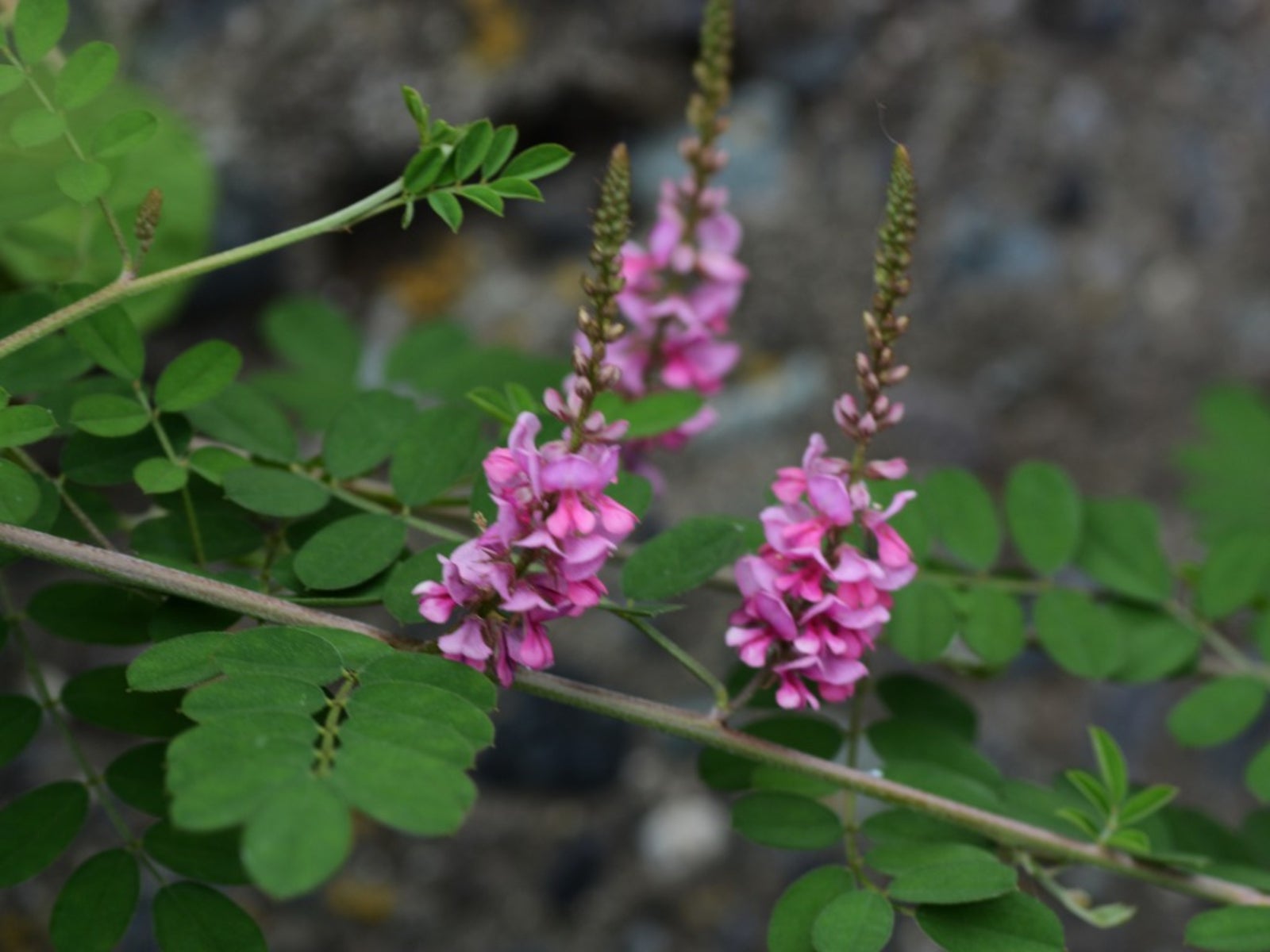 What Is True Indigo – Tinctoria Indigo Info And Care
What Is True Indigo – Tinctoria Indigo Info And CareIndigofera tinctoria, often called true indigo or simply just indigo, is probably the most famous and widespread dye plant in the world. It’s a wonderfully useful plant, however, and very much worth growing for the adventurous gardener and home dyer. Learn more here.
By Liz Baessler
-
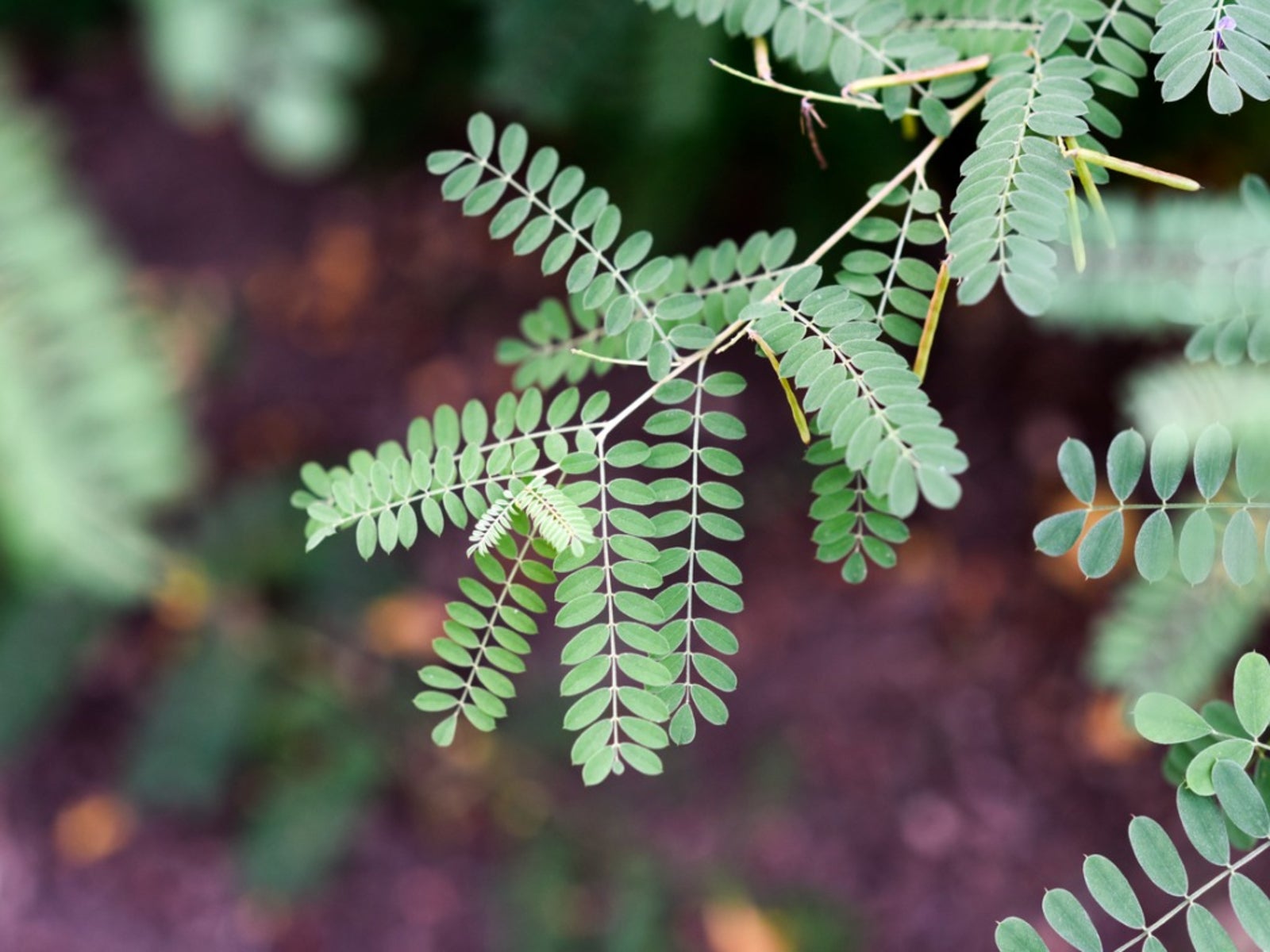 Indigo Plant Harvest – Tips On Picking Indigo For Dye
Indigo Plant Harvest – Tips On Picking Indigo For DyeAlthough the popularity of the natural dye stalled when a synthetic dye was developed, picking indigo for dye is making a comeback. If you want to learn how to harvest indigo to make your own dye, click here. We’ll tell you how and when to pick indigo plants.
By Teo Spengler
-
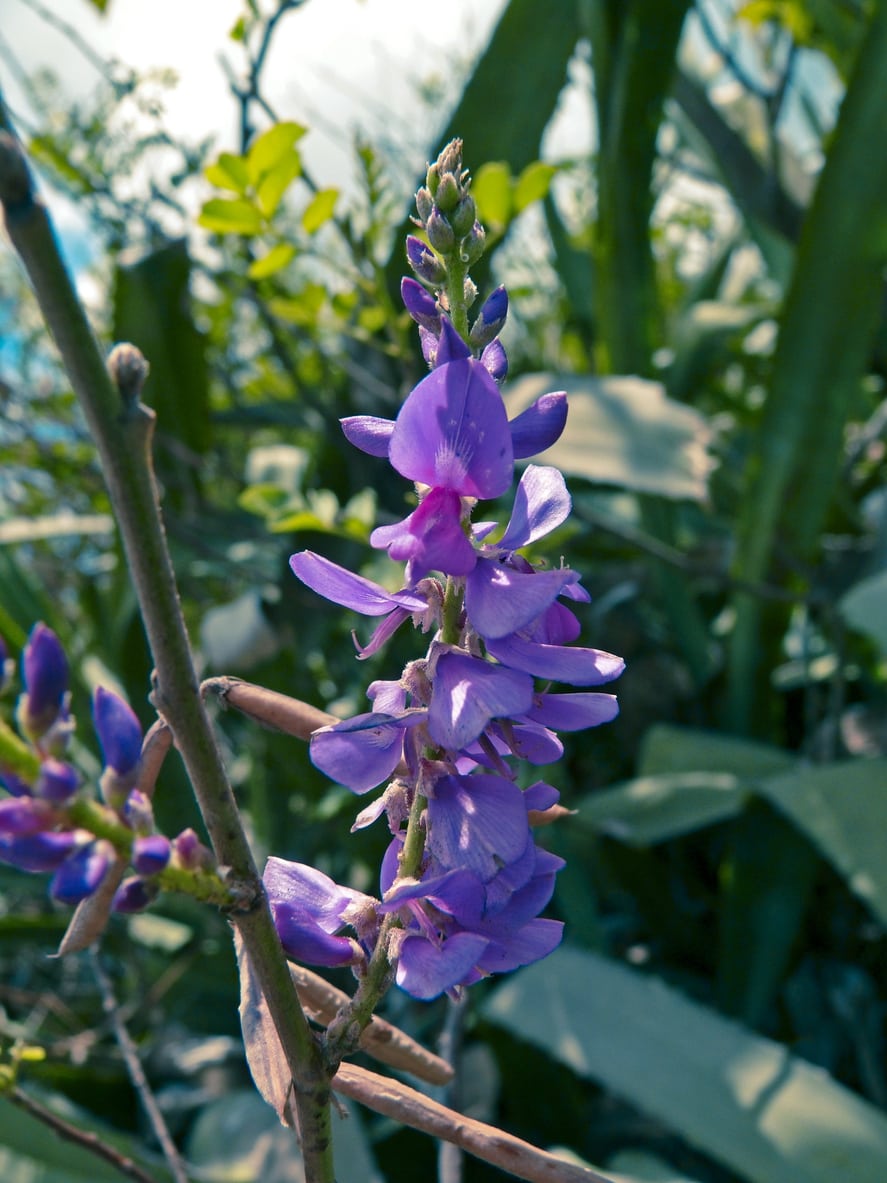 Indigo Plant Varieties: Learn About Different Indigo Plants
Indigo Plant Varieties: Learn About Different Indigo PlantsThe popular color “indigo” is named after several plants in the genus Indigofera famous for the natural blue obtained from the plant leaves. Some varieties are used medicinally, while others are beautiful and ornamental. Learn about different indigo plants here.
By Teo Spengler
-
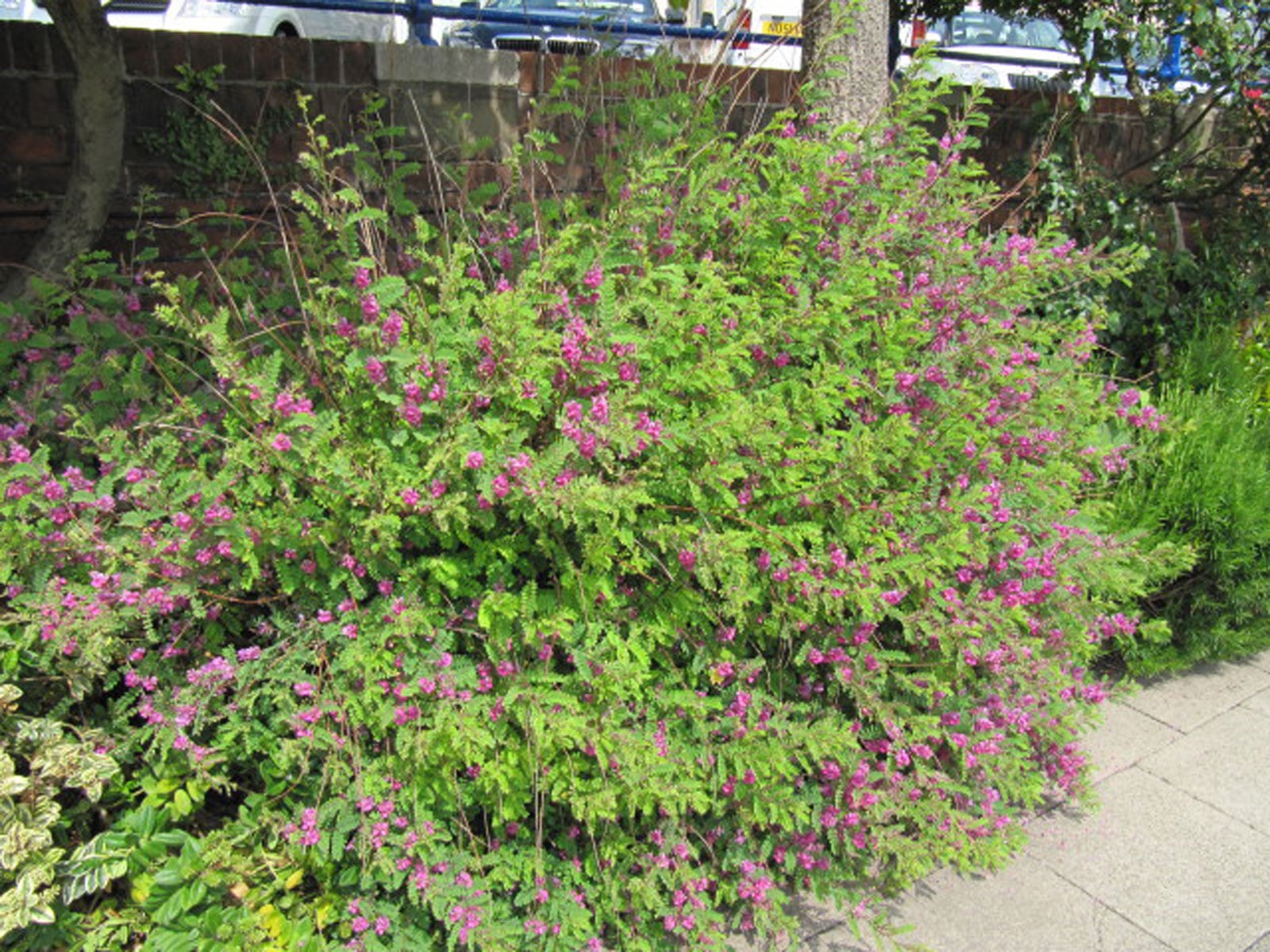 Watering Indigo Plants: Information On True Indigo Water Needs
Watering Indigo Plants: Information On True Indigo Water NeedsWhether you are growing indigo in your garden to make the dye or just to enjoy the pretty flowers and growth habit, indigo irrigation requirements are important to understand to help it thrive. This article will help with that. Click here for more information.
By Mary Ellen Ellis
-
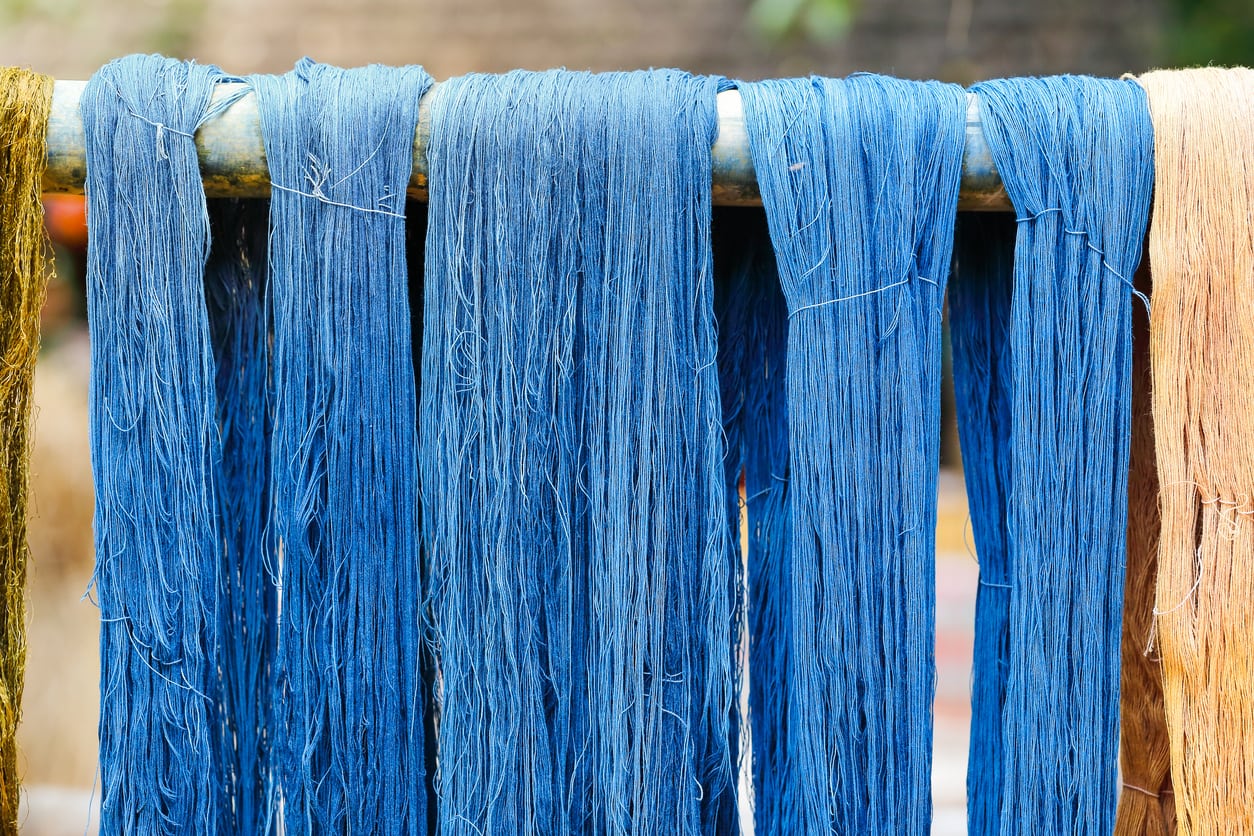 Dye From Indigo Plants: Learn About Making Indigo Dye
Dye From Indigo Plants: Learn About Making Indigo DyeUnlike other colors that could easily be obtained, blue remained a difficult color to recreate – until it was discovered that dye could be made from indigo plants. Making indigo dye, however, is no easy task. So, how do you make dye indigo plant dye? Learn more here.
By Amy Grant
-
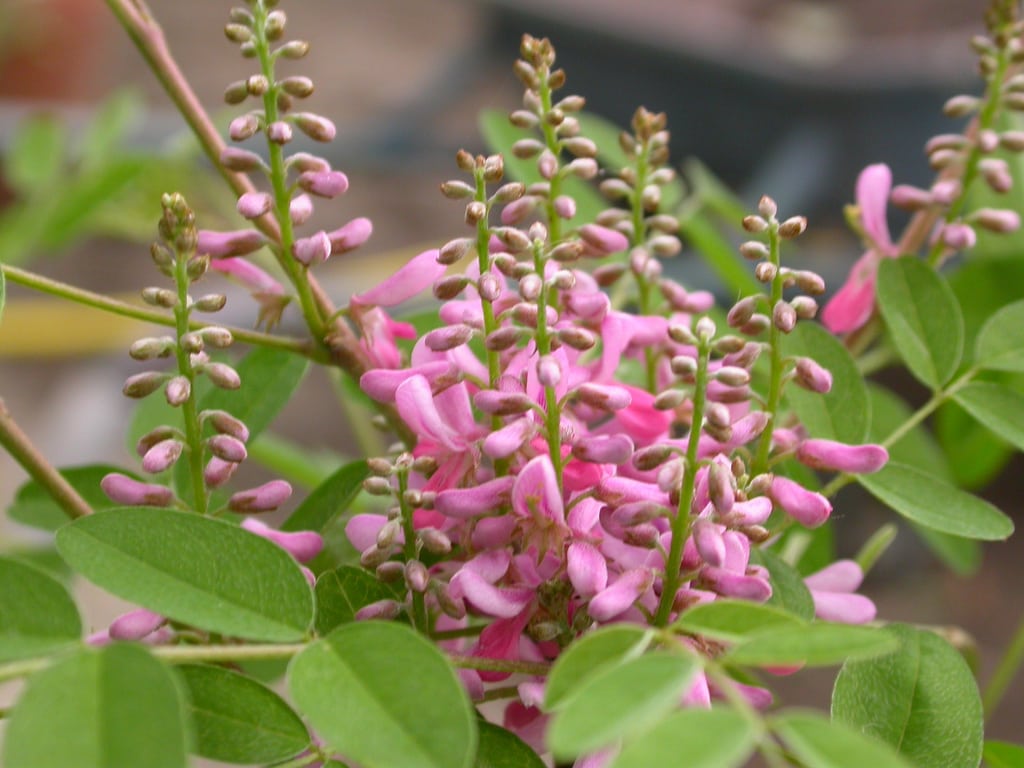 Indigo Plant Pruning – How To Prune Indigo Plants In The Garden
Indigo Plant Pruning – How To Prune Indigo Plants In The GardenGrowing indigo isn’t difficult as long as you can provide ample sunlight and warmth. However, pruning true indigo regularly keeps the plant healthy and attractive. Click here and we’ll explore indigo plant pruning and cutting back indigo.
By Mary H. Dyer
-
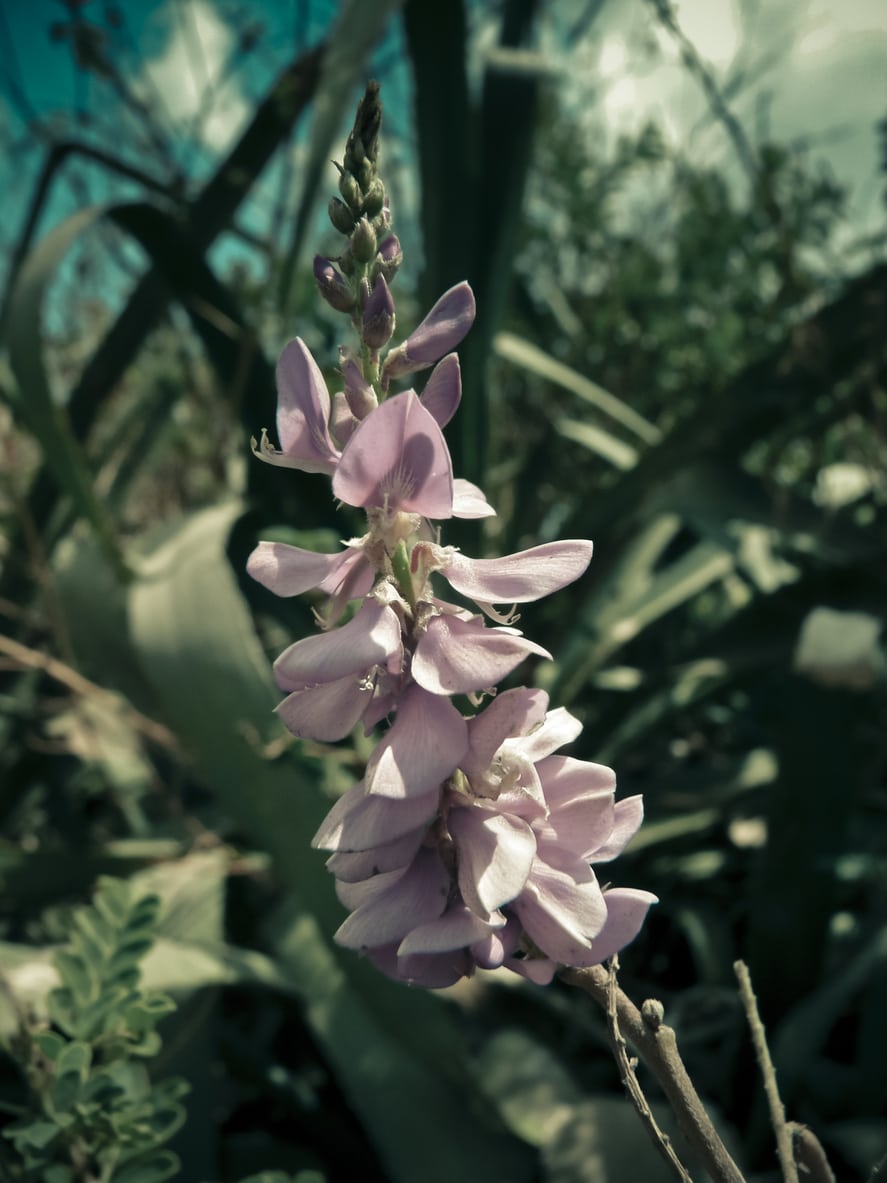 Indigo Seed Planting Guide: When To Sow Indigo Seeds
Indigo Seed Planting Guide: When To Sow Indigo SeedsTrue indigo (Indigofera tinctoria) can be grown successfully by seed for a pretty flowering shrub or to provide you with leaves to make a natural blue dye. Click this article for tips on how and when to sow indigo plant seeds in the garden.
By Mary Ellen Ellis
-
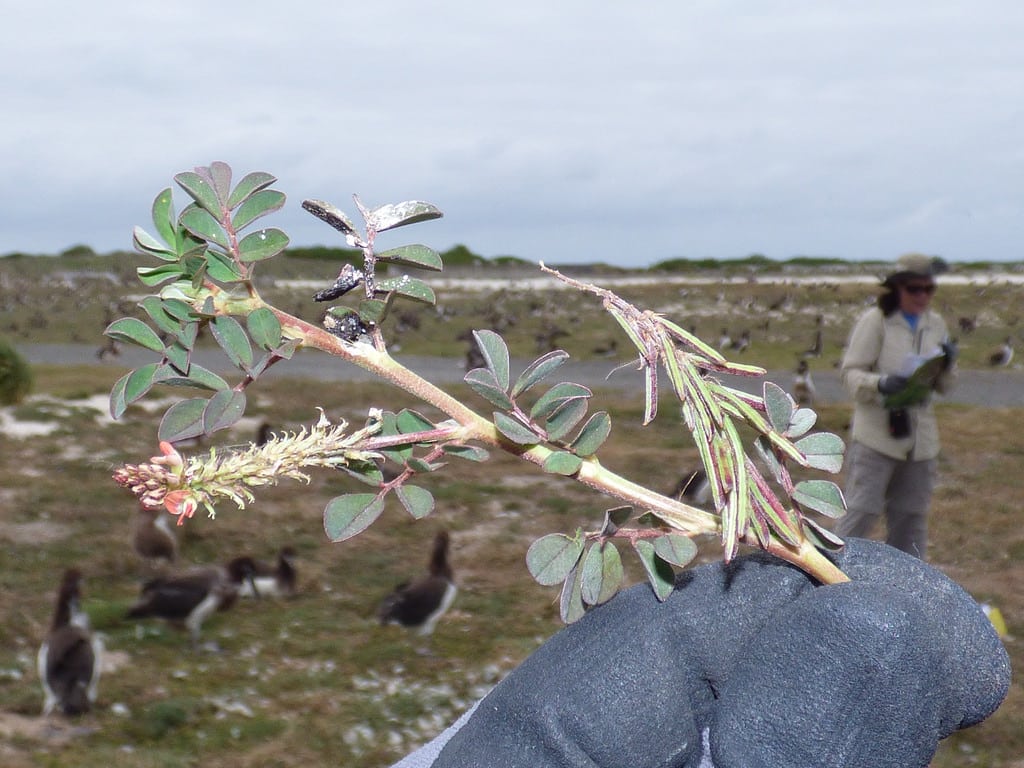 Indigo Insect Pests – Dealing With Bugs That Eat Indigo
Indigo Insect Pests – Dealing With Bugs That Eat IndigoOne reason indigo plants have so easily spread globally is because there are very few bugs that eat indigo. Learn more about pests of indigo plants in this article and find out if control measures are necessary.
By Darcy Larum